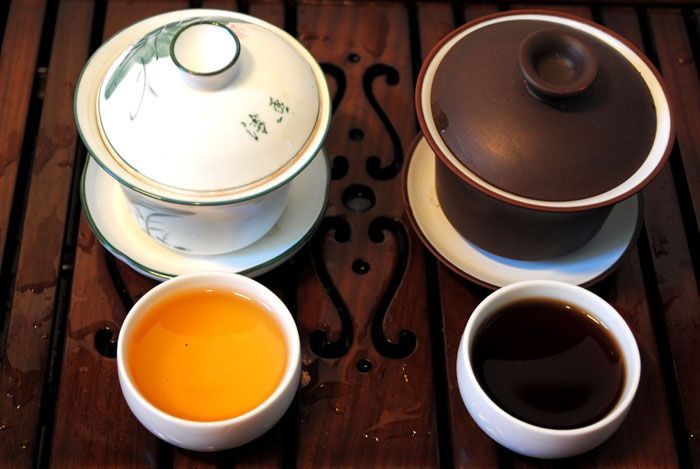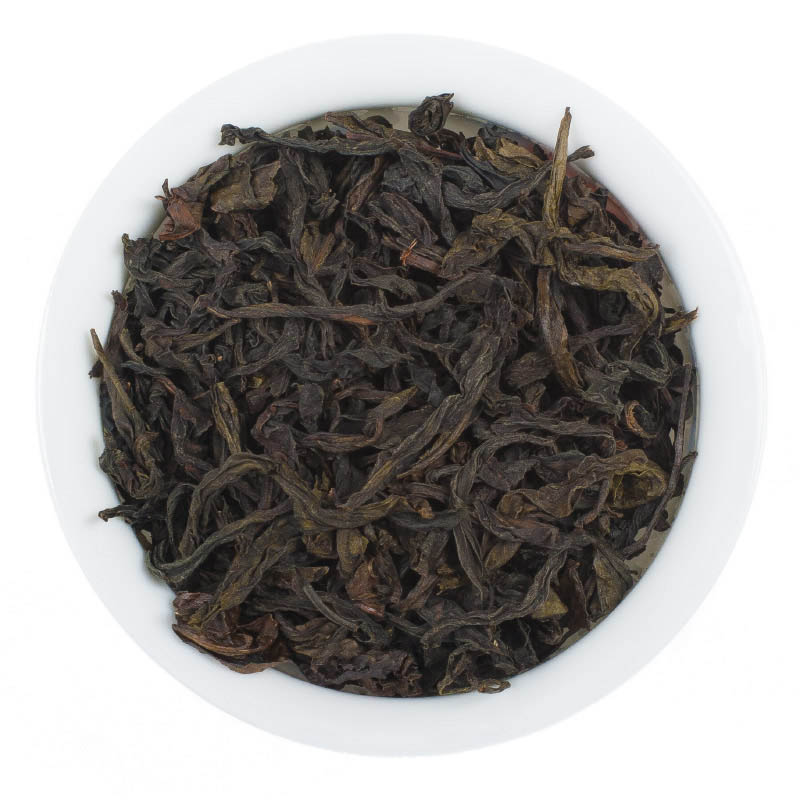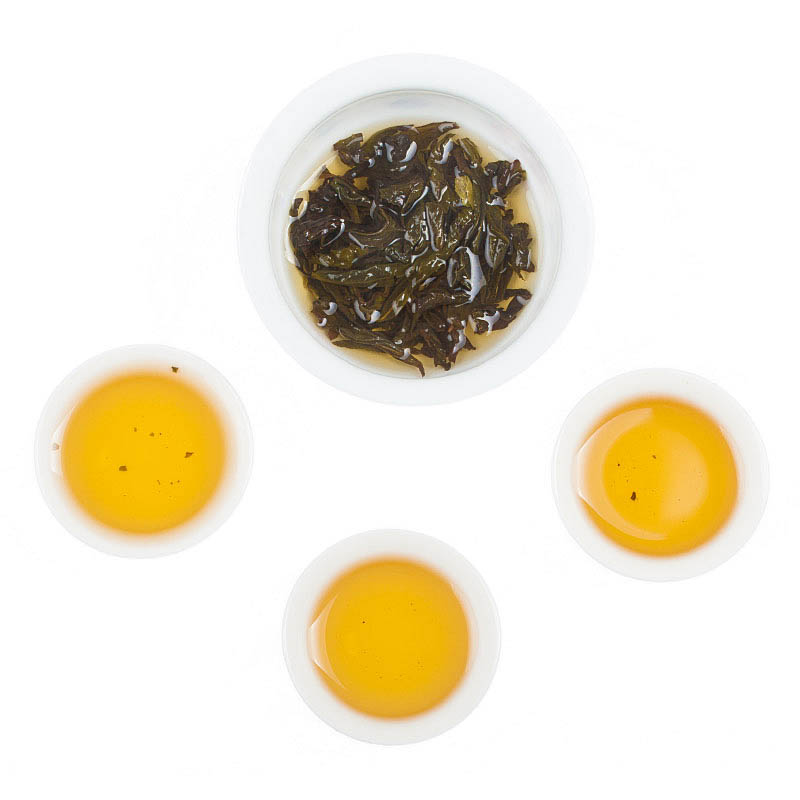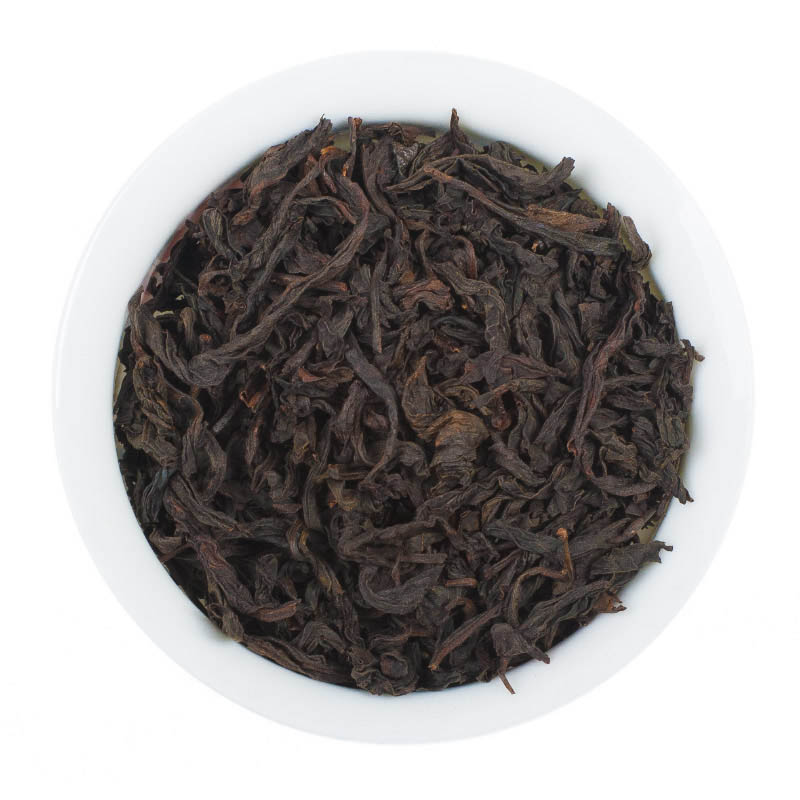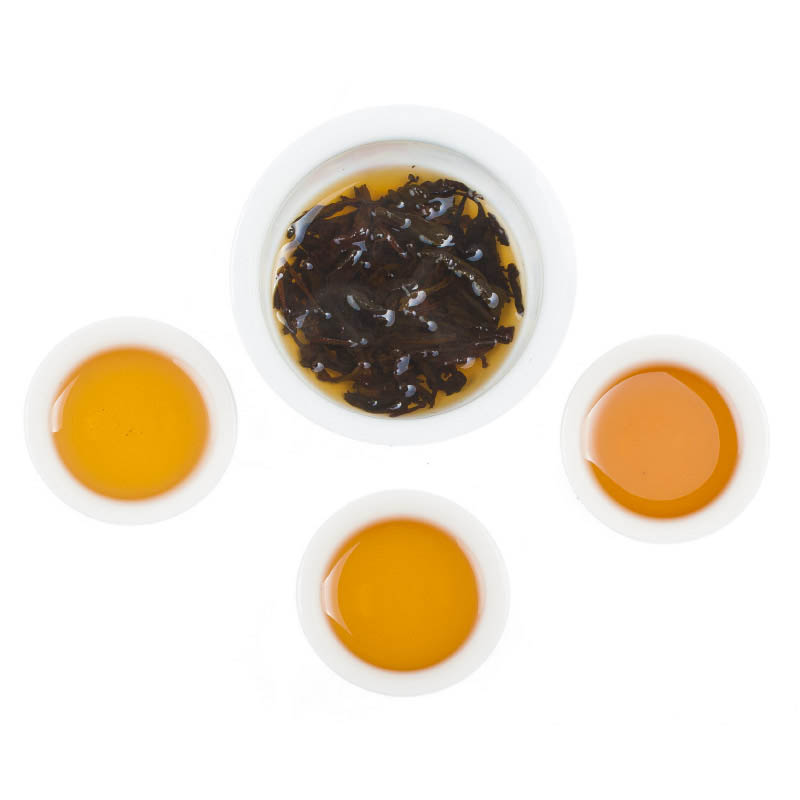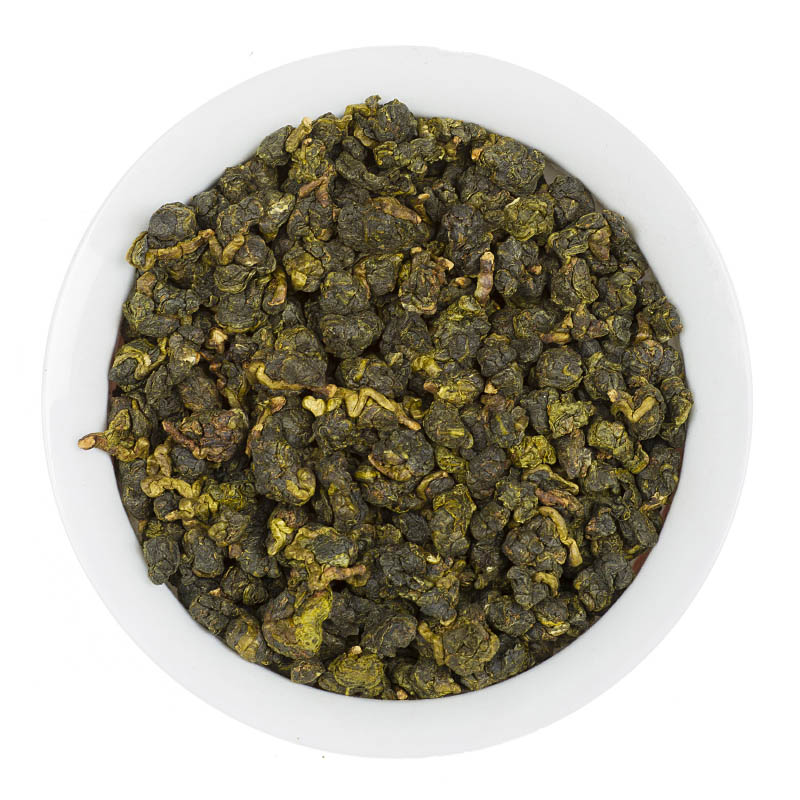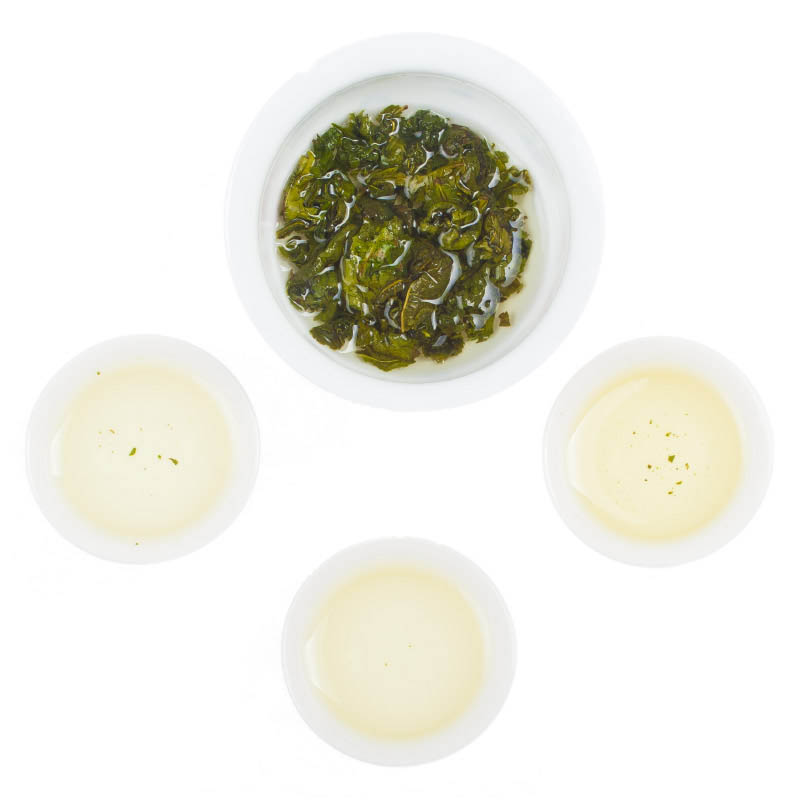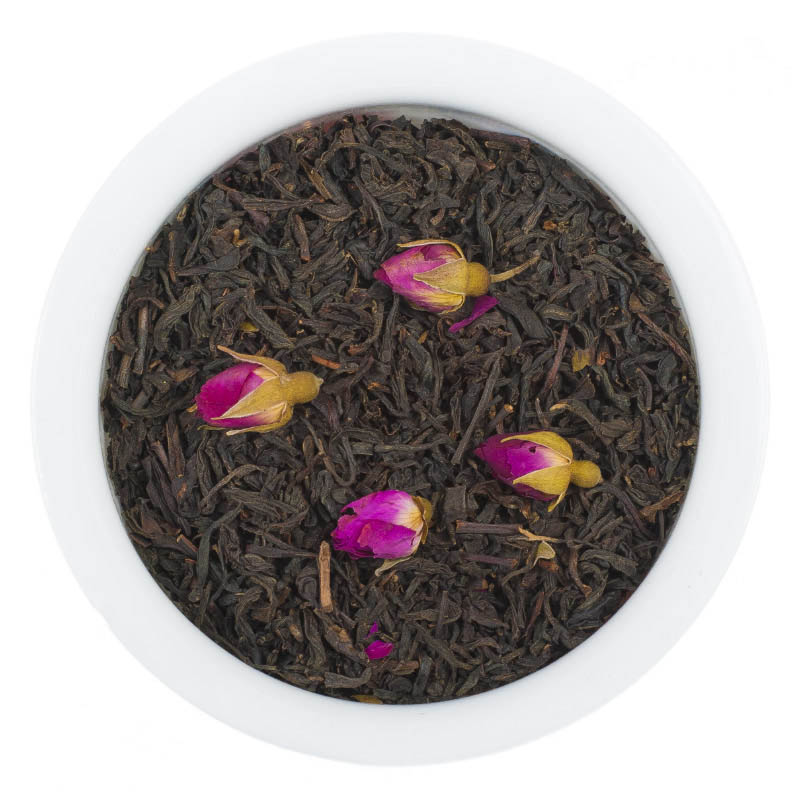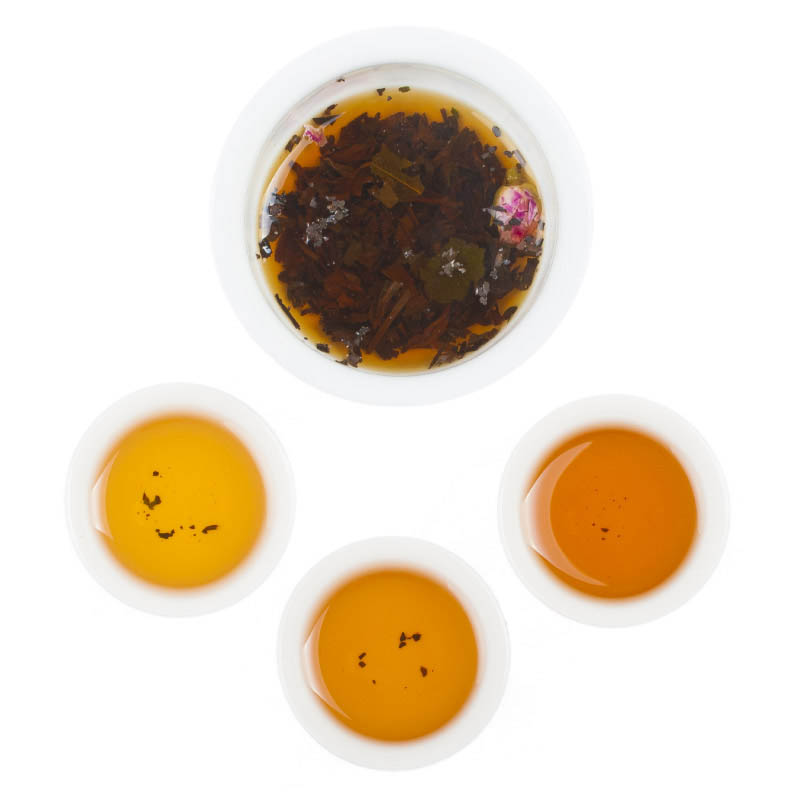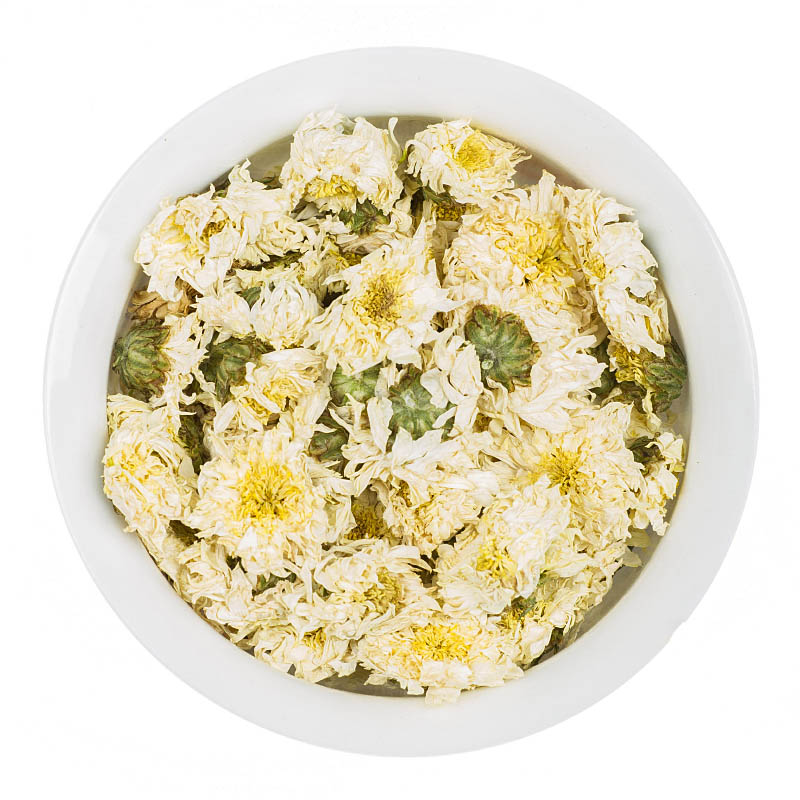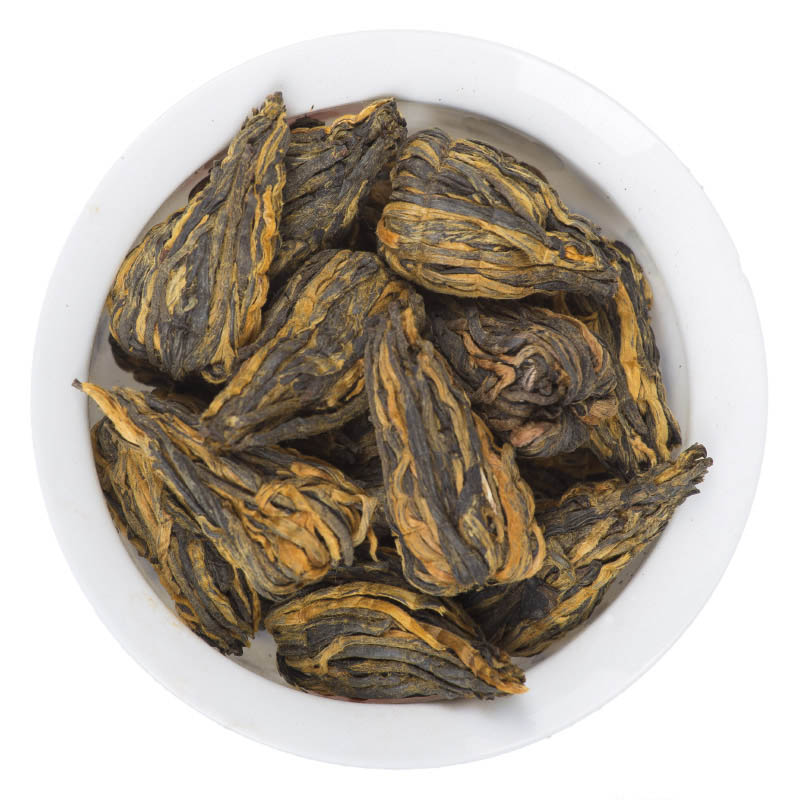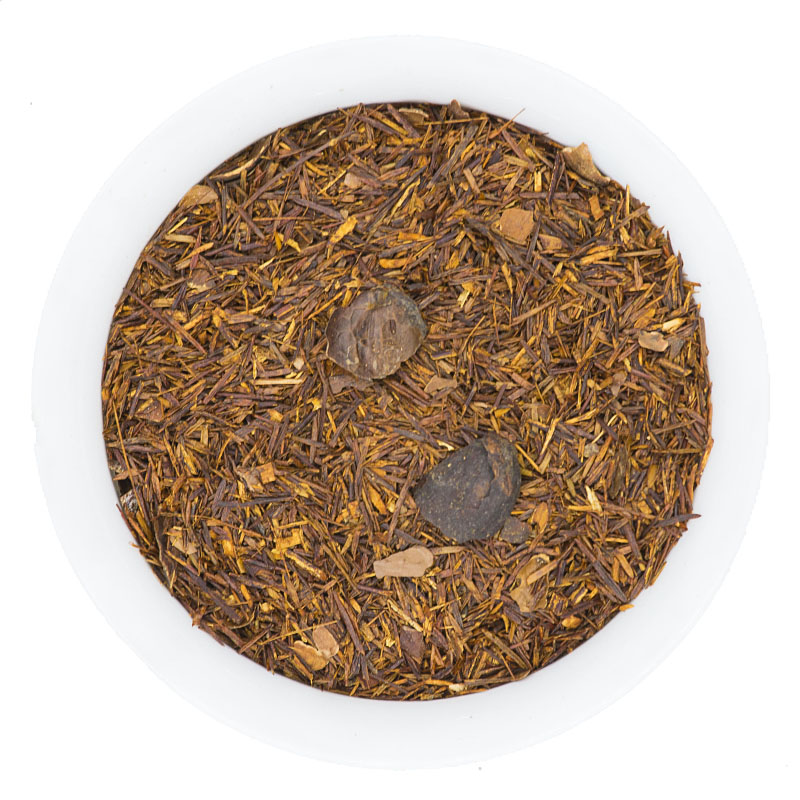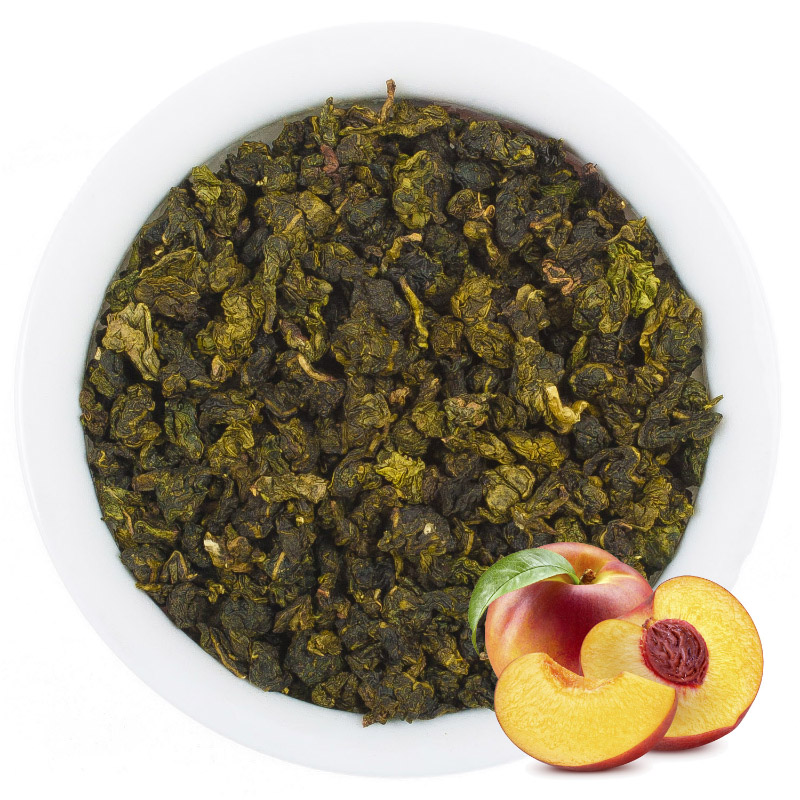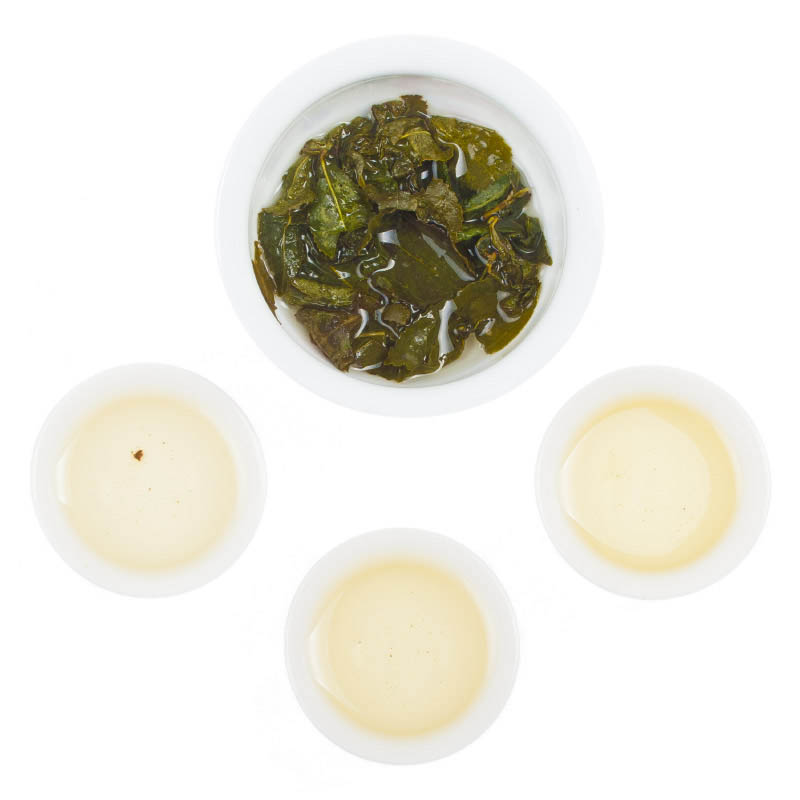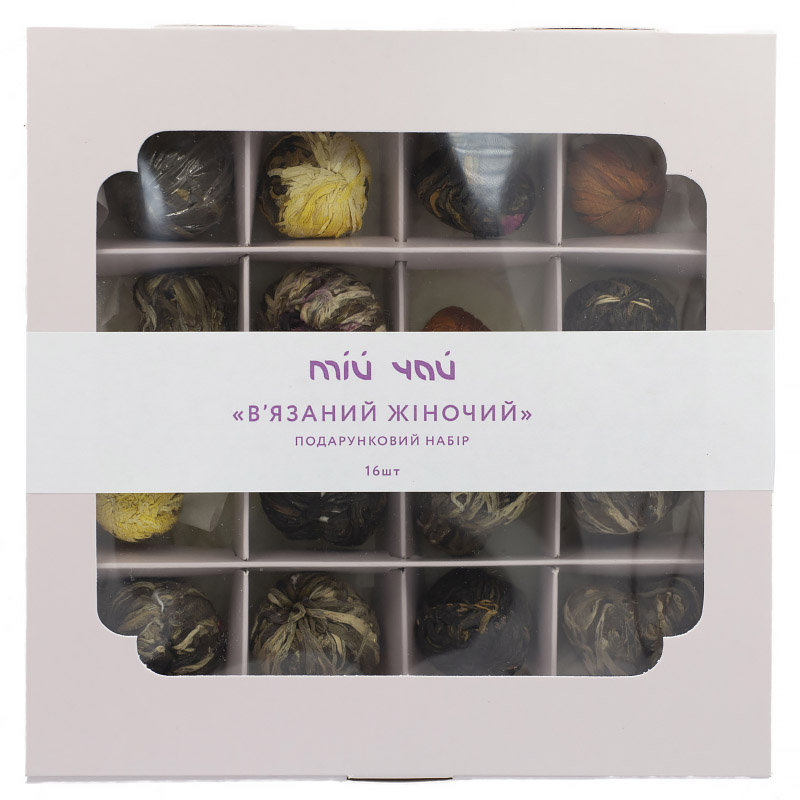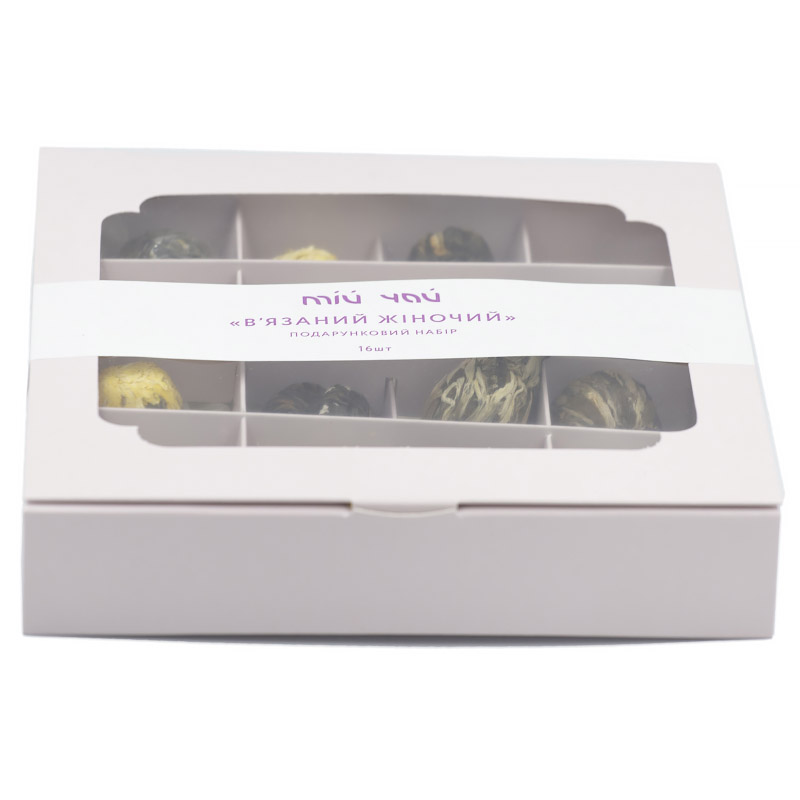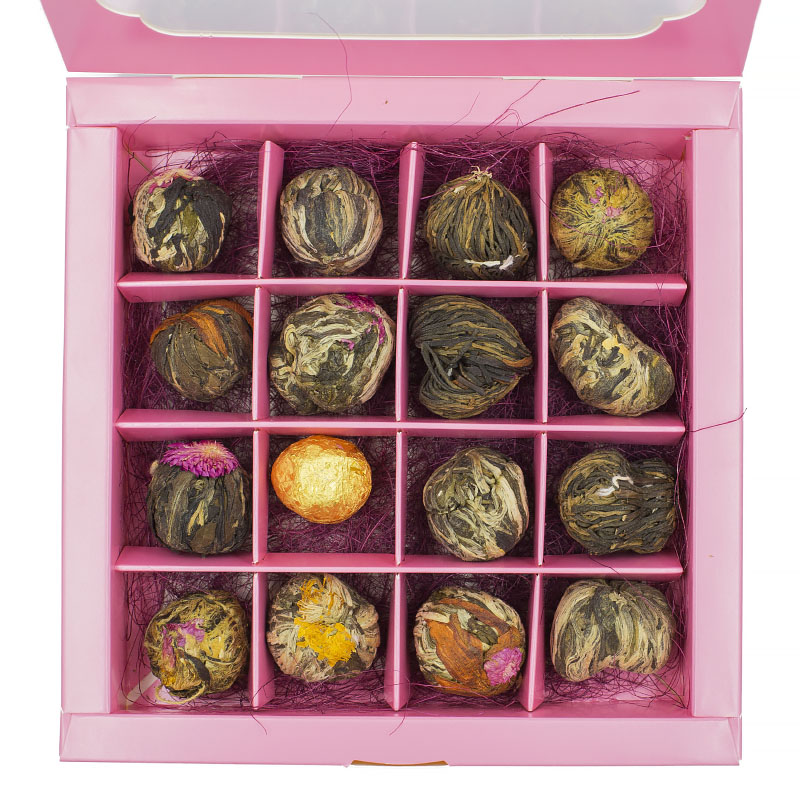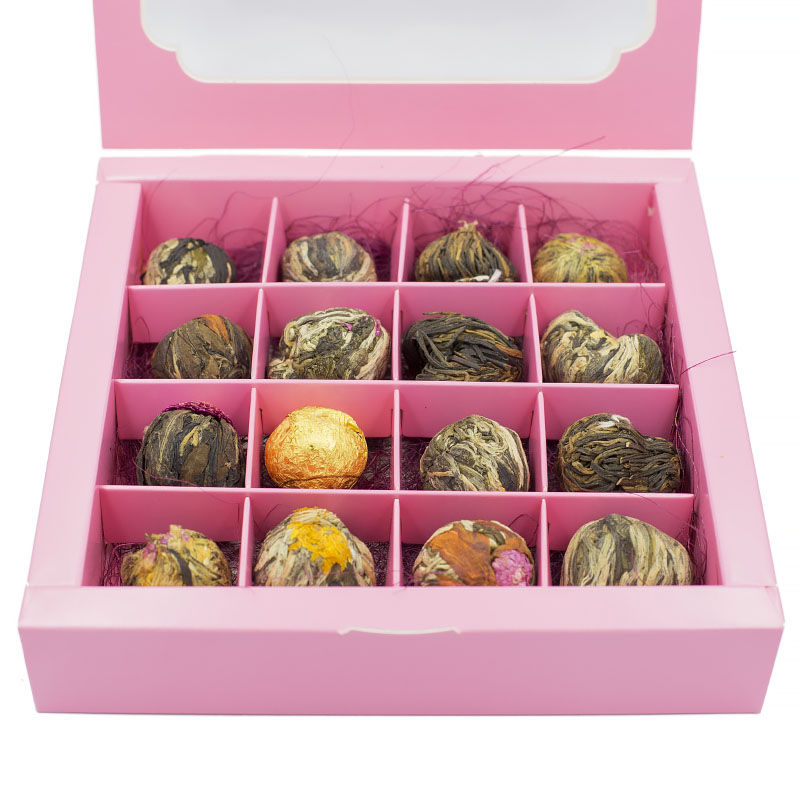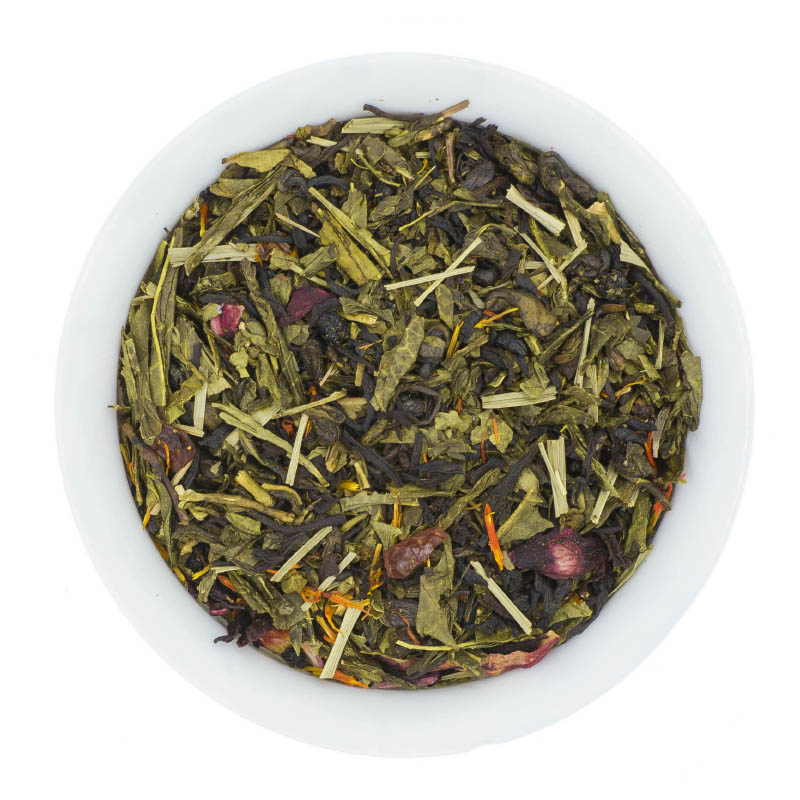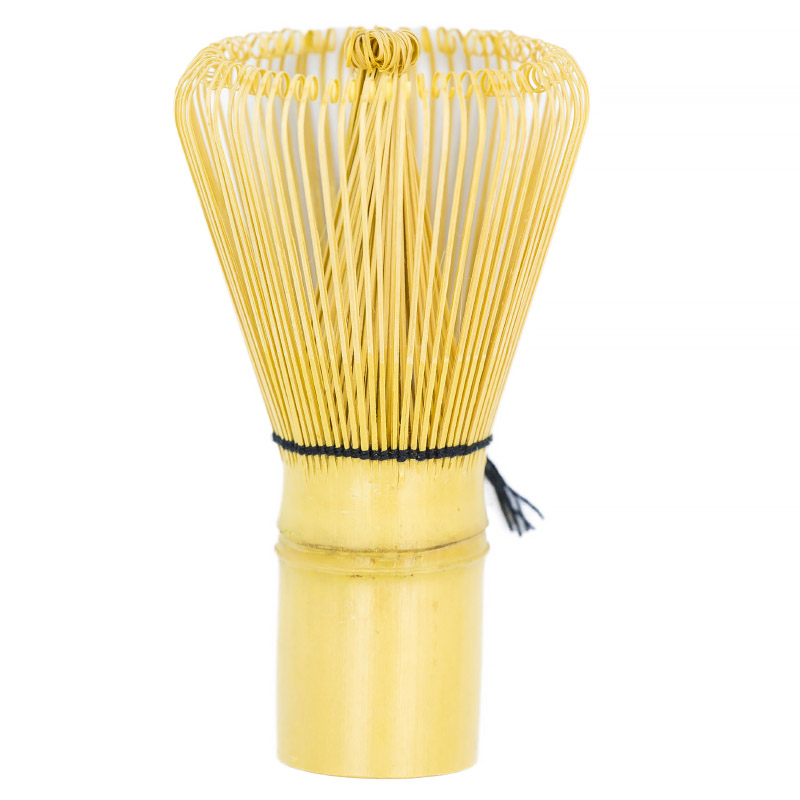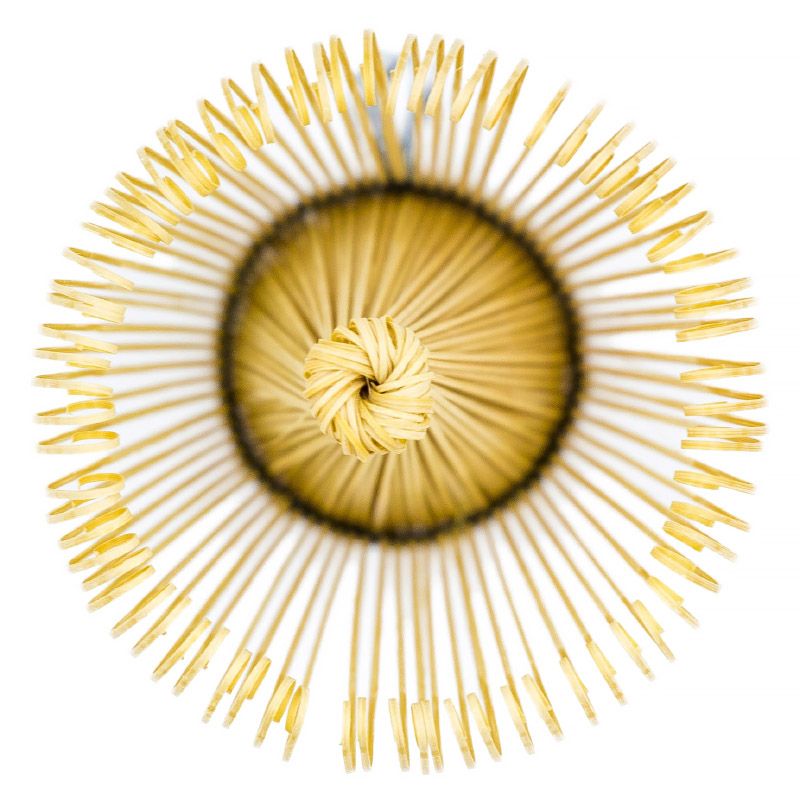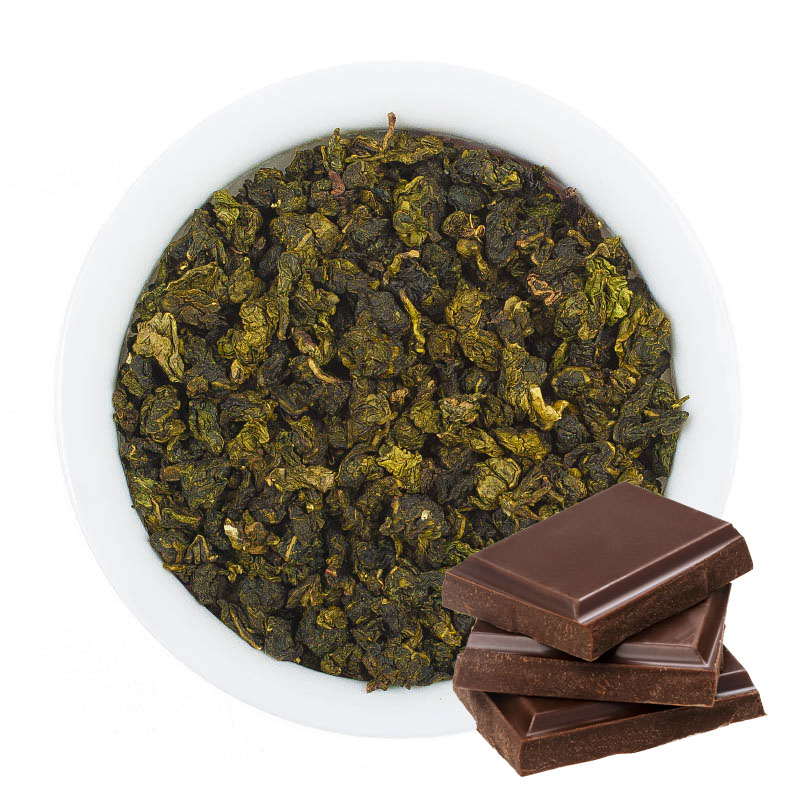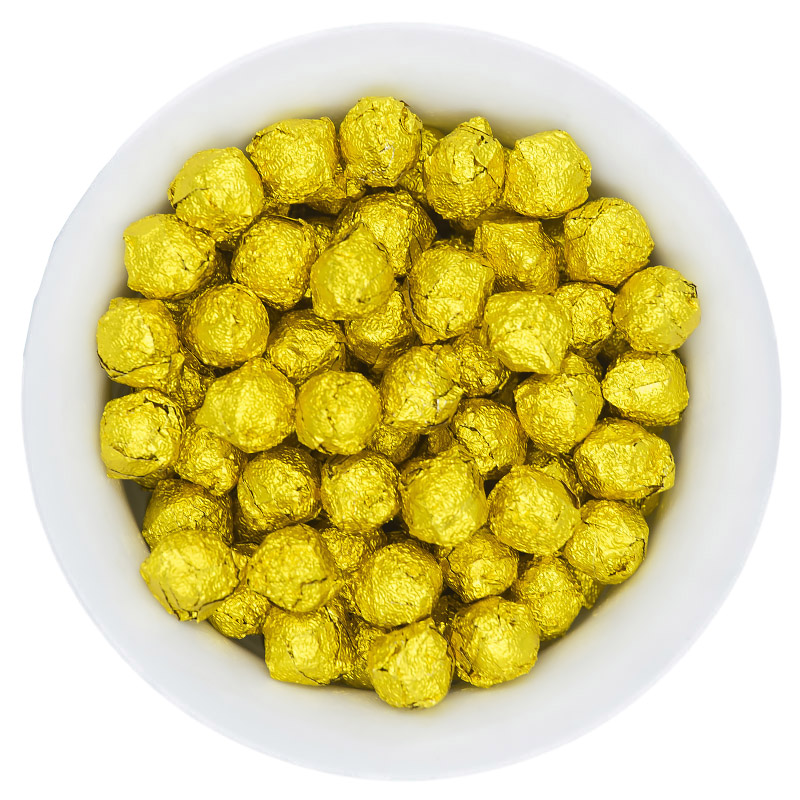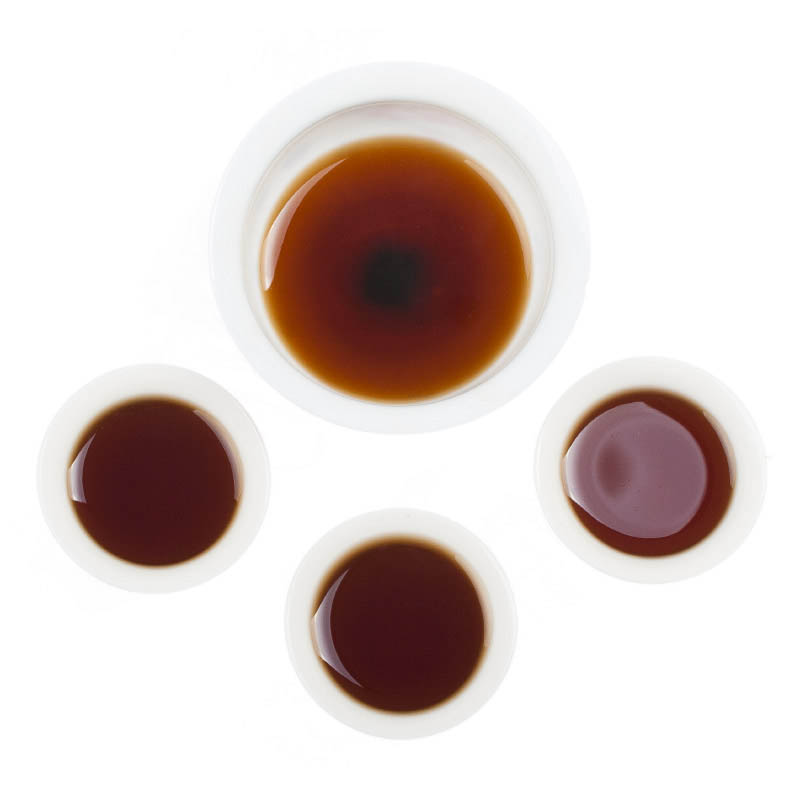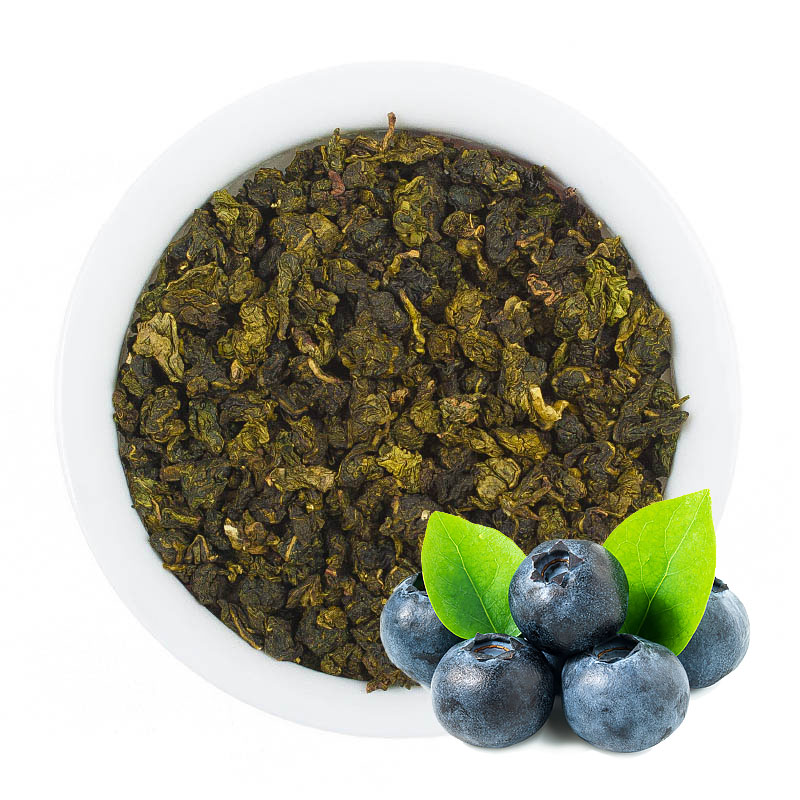What is the difference between Shen Puer and Shu Puer? In this article I will try to explain the differences between these two types of puer. There are only two types of puer - shen and shu. There are no others. Both types of puer are produced in Yunnan province, in southern China. The difference between them is in color, taste and aroma.
Now in order:
- Color
Shen Puer is a light puer. In turn, Shu Puer is a dark puer. Visually determining which puer you are holding in your hands is not difficult - just look at its color. Shen Puer has pale green or brown-green leaves, and Shu Puer is dark brown. It should be noted that in some cases the color of Shen Puer leaves is quite dark and close in color to Shu Puer.
Photo of shu and shen.
- Infusion
Shen Puerh produces a light translucent infusion.
Shu Puerh produces a dark, thick, opaque infusion.
- Aroma
If we talk about the aromas of these puerhs, they are radically different - both in dry and brewed form. Shen Puerh has a pronounced "fruity", sweet, rich aroma. While Pu Puerh has a heavy, earthy aroma.
- Taste
Shen Puerh has a unique taste, which has a sour taste and a slightly sweet aftertaste. If Shen Puerh is overexposed during brewing, it will begin to taste noticeably bitter. The taste of Shu Puer is heavier, but softer. It is neither sour nor bitter, there is no sweetness in it at all. But it has a certain “chocolateiness”.
Shu and Shen Puer are very different teas.
So why is there such a difference between them, because the same tea leaves are used in production? It’s all about the production technology. It is different. The history of Shen Puer has more than 700 years. While Shu Puer began to be produced only about forty years ago. Somewhere in the late seventies. In the production of Shen Puer, the collected leaf is dried in the open air, then processed, doing a number of manipulations with it (which I will definitely tell you about, but later), and then pressed into the shape of a pancake. With Shu Puer, everything is a little more complicated. The collected tea leaves are dried, then piled up in giant piles and poured with water. In such piles, the tea leaves heat up to quite decent temperatures on their own and begin to brew. This process of debate or “artificial aging” makes the tea leaves dark and changes their aroma and taste. Next, the Shu Puer tea leaves are pressed into pancakes in the same way, but they look different.
If you have never tasted either Puer, but really want to and don’t know which one to start with, then I’ll tell you how to do it. Ask yourself which teas do you like more? Red? Or green? If you are a fan of red tea with their masculine and tart aromas, then you will most likely like Shu Puer. If you prefer the lightness and freshness of green teas, then try starting with Shen Puer.
Although, of course, to be honest, you need to know both. After all, these are different aromas. Completely different tastes. Completely different emotions
